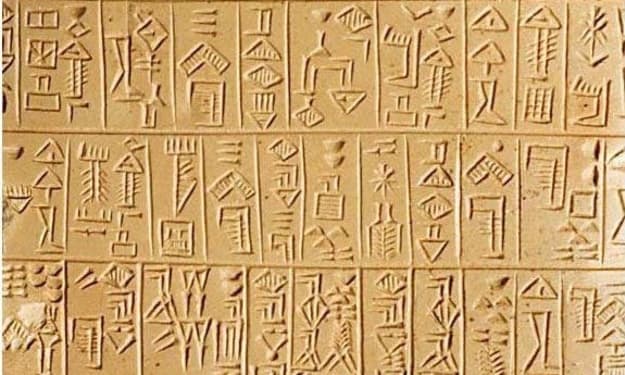Royal Weddings that Shaped History
How Europe has been influenced by royal weddings

The most recent British royal wedding, the union of Prince William and Kate Middleton, gathered a distinguished guest list of 1,900 attendees, including several high-profile individuals. Among these notable guests were footballer David Beckham and his fashion designer wife, Victoria Beckham, as well as the iconic Elton John. However, a particularly impressive photograph from the event showcased an ensemble of European royalty: the Queen of Spain and the Prince of Spain were in close proximity to the Princess of Sweden, with the former King of Greece standing behind them. Further in the background was the former King of Romania. These esteemed guests were invited due to their familial ties to Prince William's great-great-great grandmother, Queen Victoria.
Queen Victoria, during her remarkable 63-year reign, strategically orchestrated marriages within her family to position her descendants within various European royal households. This astute strategy played a crucial role in reshaping Europe's political landscape.
In the early 19th century, Europe was embroiled in decades of warfare, with the French Revolutionary and Napoleonic Wars resulting in widespread devastation. To restore peace and establish a new balance of power, European leaders embarked on a mission to reshape major states. Great Britain emerged as one of the dominant powers, and Queen Victoria, along with her husband Prince Albert, devised a plan to maintain this political influence. Their vision was to marry their children into royal families across Europe, forming strong connections and building alliances.
The endeavor began with their daughter Vicky, who married the heir to the Prussian throne, the most significant and powerful of the German states. This strategic move aimed to position Prussia as a leading force in the unification of Germany. Subsequently, other children of Queen Victoria and Prince Albert married into various German royal families.
However, when their son Alfred sought to marry the daughter of the Russian Tsar, the situation became more complex. Historical tensions between Britain and Russia, fueled by differences in political systems and territorial disputes, created apprehensions about such a union. Despite these concerns, the marriage was permitted.
By the 1880s, Queen Victoria's children had established connections with several influential European monarchies. Yet, the intended peace and stability in Europe did not materialize as expected. Germany unified in 1871 through a series of wars led by Prussia, and Russia's Romanov monarchy faced internal turmoil.
Despite the challenges and unforeseen developments, Queen Victoria continued to arrange marriages for her descendants. Ultimately, seven of her grandchildren ascended to royal thrones across Europe, fulfilling her vision. These marriages included alliances with Germany, Great Britain, Greece, and Russia.
The family ties Queen Victoria had orchestrated, as exemplified in a family photograph, showcased her as the "grandmother of Europe." However, these familial connections did not prevent the outbreak of World War I in 1914. The war divided Europe, with Germany, Austria-Hungary, and the Ottoman Empire facing off against Britain, Russia, and France.
The war, which claimed over 10 million lives, marked the end of the European monarchy era. Several of Queen Victoria's grandchildren were forced to relinquish their thrones, and revolution swept through Russia, resulting in the execution of Alexandra and Nicholas. The British monarchy survived but underwent significant changes in response to the war.
King George V and Queen Mary initiated a more accessible and people-friendly monarchy, which set the stage for the modern British monarchy exemplified by Queen Elizabeth. This approach modernized the monarchy and transformed the nature of royal weddings.
About the Creator
Enjoyed the story? Support the Creator.
Subscribe for free to receive all their stories in your feed. You could also pledge your support or give them a one-off tip, letting them know you appreciate their work.





Comments
There are no comments for this story
Be the first to respond and start the conversation.